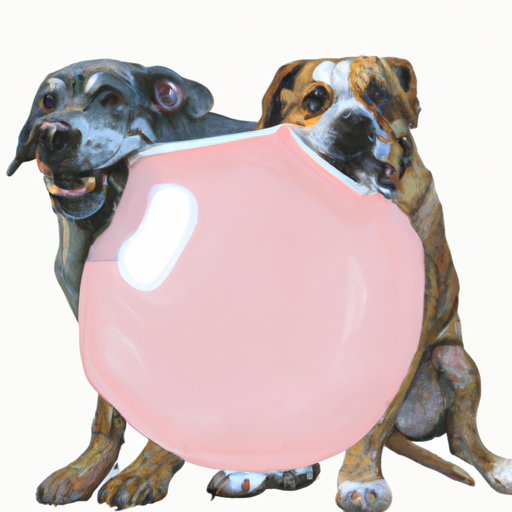Have you ever noticed how sometimes dogs, after mating, appear to be stuck together? This is a natural occurrence known as ‘tying’ or ‘knotting’. This phenomenon is often met with confusion or concern by those unfamiliar with it. This article aims to demystify this process, explain why it happens, and offer practical advice on what to do when dogs get stuck together.
Table of Contents
- The Mating Process in Dogs
- Understanding ‘Tying’ or ‘Knotting’
- Reasons Behind Dogs Getting Stuck Together
- What to Do When Dogs Get Stuck Together
- Frequently Asked Questions
Key Takeaways
- ‘Tying’ or ‘knotting’ is a natural occurrence in the dog mating process.
- It’s a result of the male dog’s bulbus glandis swelling.
- It’s essential to stay calm and avoid separating dogs forcefully when they are stuck together.
- Always consult a vet if you have concerns about your dog’s health or behavior after mating.
The Mating Process in Dogs
The mating process in dogs is inherently different from that of humans. A female dog, or bitch, goes into heat approximately twice a year. This heat cycle, known as estrus, lasts about two weeks and is the time when she is receptive to mating.
During mating, the male dog mounts the female and penetrates her. After ejaculation, the male dog typically turns around and dismounts, resulting in both dogs standing tail-to-tail. This is when ‘tying’ or ‘knotting’ occurs.
Understanding ‘Tying’ or ‘Knotting’
The ‘tie’ or ‘knot’ is a result of a unique physiological feature of the male dog’s penis, called the bulbus glandis. This gland swells up during mating and locks the male and female together. This lock or ‘tie’ can last anywhere from 5 to 30 minutes but can sometimes extend up to an hour.
This process might seem unusual or even alarming to some, but it is entirely normal. It is nature’s way of ensuring that the male’s sperm has the best chance of fertilizing the female’s eggs.
Reasons Behind Dogs Getting Stuck Together
The primary reason dogs get stuck together is due to the swelling of the bulbus glandis in the male dog’s penis during mating. This swelling creates a ‘tie’ or ‘knot’ that keeps the dogs together.
The purpose of this ‘tie’ is to prevent leakage of semen, thereby increasing the chances of fertilization. It also discourages other males from mating with the female immediately after, ensuring that the first male’s sperm has the best opportunity to fertilize the eggs.
What to Do When Dogs Get Stuck Together
As a caregiver, it’s critical to remain calm when dogs get stuck together.
Here are some steps you can take:
- Do not try to separate them forcefully. This can cause physical harm to both dogs.
- Keep the dogs calm. This can help the ‘tie’ to end more swiftly.
- Keep other dogs away. Other dogs may attempt to mate with the female and could injure the dogs that are ‘tied’.
- Consult a vet if necessary. If the dogs remain stuck for an unusually long time or if either dog appears distressed, don’t hesitate to contact a vet.
Remember, dogs getting stuck together is a natural part of the canine mating process. It’s crucial to handle the situation with patience and care. For more information, check out this detailed explanation on tying and dog reproduction.
Frequently Asked Questions
Q: Is it harmful for dogs to get stuck together?
No, it is a natural part of the canine mating process. However, if the dogs seem distressed or remain stuck for an unusually long time, you should consult a vet.
Q: How long do dogs stay stuck together?
Typically, dogs can stay stuck together for anywhere between 5 to 30 minutes. However, in some cases, it can last up to an hour.
Q: Can I separate the dogs when they get stuck together?
No, forcefully separating dogs when they are ‘tied’ can cause them physical harm. It’s best to keep them calm and let nature take its course.
Q: Why do dogs turn back-to-back after mating?
After mating, the male dog dismounts and turns around while still ‘tied’ to the female. This back-to-back position is also part of the natural mating process in dogs.
For additional insights into the intricacies of dog behavior, you may want to explore articles on dog communication, common dog behavior issues, and how to care for a pregnant dog. Understanding your furry friends and their behaviors will undoubtedly strengthen your bond and make you a more informed and capable caregiver.



